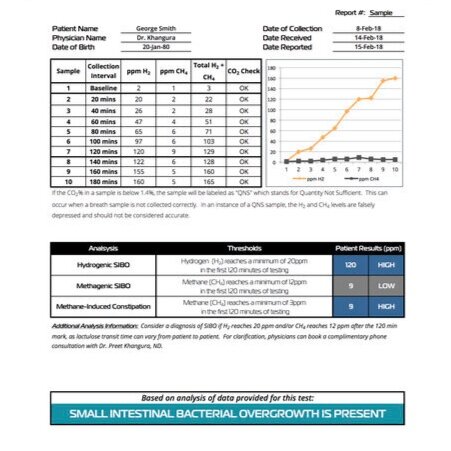This recipe is adapted from a recipe out of The Defined Dish Cookbook. I just recently was introduced to her blog and cookbook and love it. They are easy, healthy meals for those nights you don't want something heavy or for those who are following a #Whole30 plan.
Now onto this recipe! This soup is creamy (without the cream, thanks to coconut milk) and full of flavour. It isn't too heavy on the veggies so I make sure to get those in during other meals. It is a great meal if you are sick (think Thai chicken soup, bonus is that the mushrooms are immune boosters), if your digestion is off (coconut milk if a low-FODMAP food, and the soup is low in fibre), or great for a light brothy meal anytime.
Ingredients:
2 tbsp extra virgin olive oil or coconut oil
1/2 cup finely diced shallots
Salt & Pepper
2-in piece fresh ginger, grated
2 garlic cloves, minced
2 cans unsweetened full-fat coconut milk
1 cup chicken broth (or bone broth!)
2-3 tbsp fish sauce
8 keffir lime leaves (or 1/2 lime grated)
2 tbsp lime juice
1 tbsp coconut sugar
2 red thai chilis, very thinning sliced
1/4 tsp ground coriander
2 stalks lemongrass (white and light green parts), cut into 2-in pieces
2 lbs boneless, skinless chicken thighs, trimmed and thinly sliced
2 cups thinly sliced mushrooms (button, cremini, shitaki etc)
1/4 cup fresh cilantro leaves, optional (I omit since my other half says its a “vile weed”!)
Directions:
In a large pot of Dutch oven, heat the oil over medium heat. Add the shallots and a pinch of salt and pepper. Cook until the shallots are tender, about 2-3 minutes.
Add the ginger and garlic and cook until fragrant, being careful not to burn, about 1 minute.
Add the coconut milk, chicken/bone broth, fish sauce, keffir lime leaves, lime juice, coconut sugar, chilis and coriander. Stir to combine, then add the lemongrass. Bring the soup to a gentle simmer.
Add the sliced chicken and simmer until the chicken is just cooked through, 6-7 minutes. Add the mushrooms and simmer for another 3 minutes. Stir in the cilantro if using.
Remove from heat and discard the lemongrass and keffir lime leaves, if desired. Top with cilantro (or basil is good) and serve with an extra squeeze of lime. Delicious!
Enjoy!
In health & happiness,
Dr. Karen





